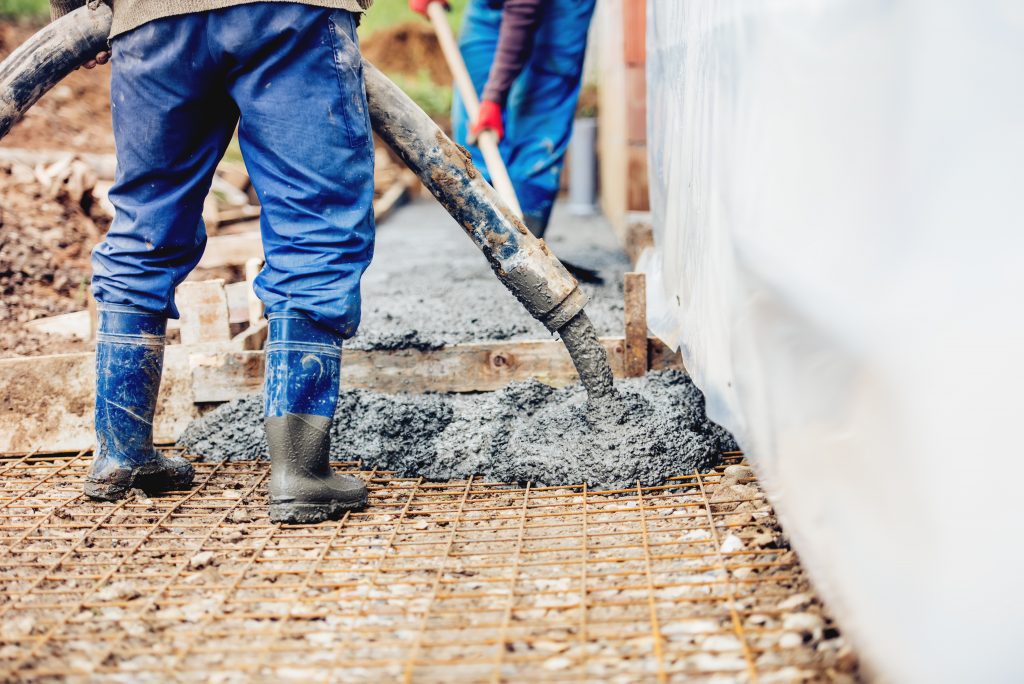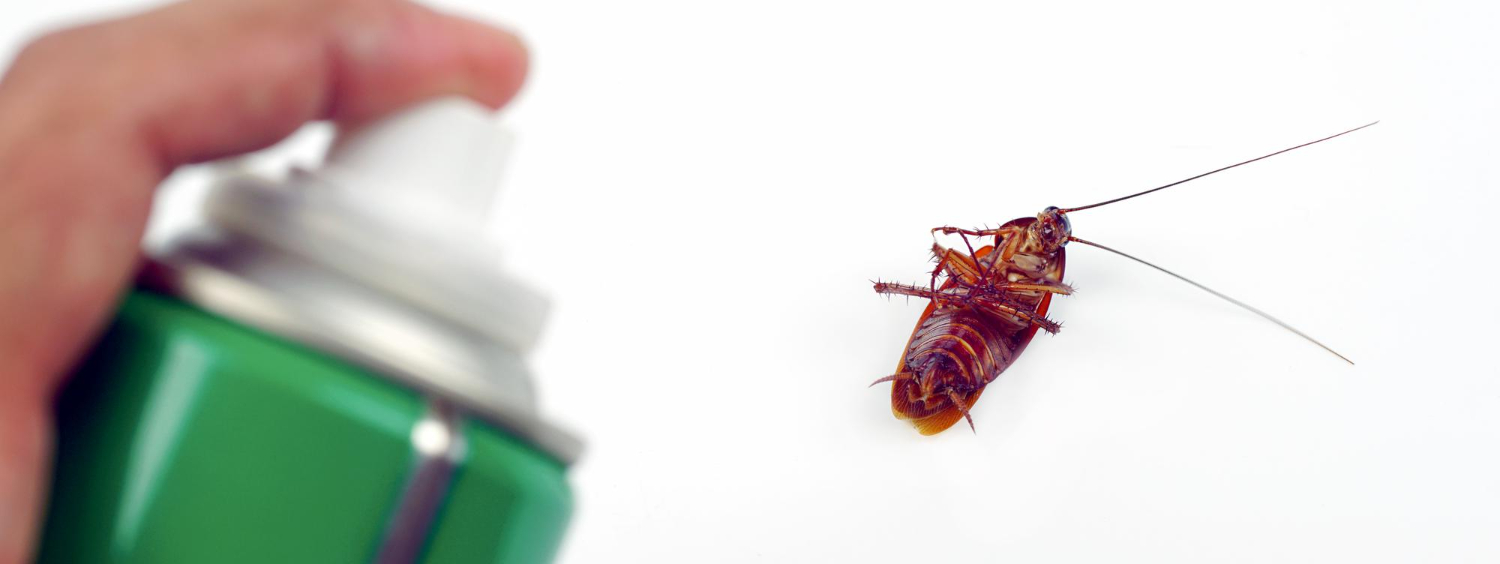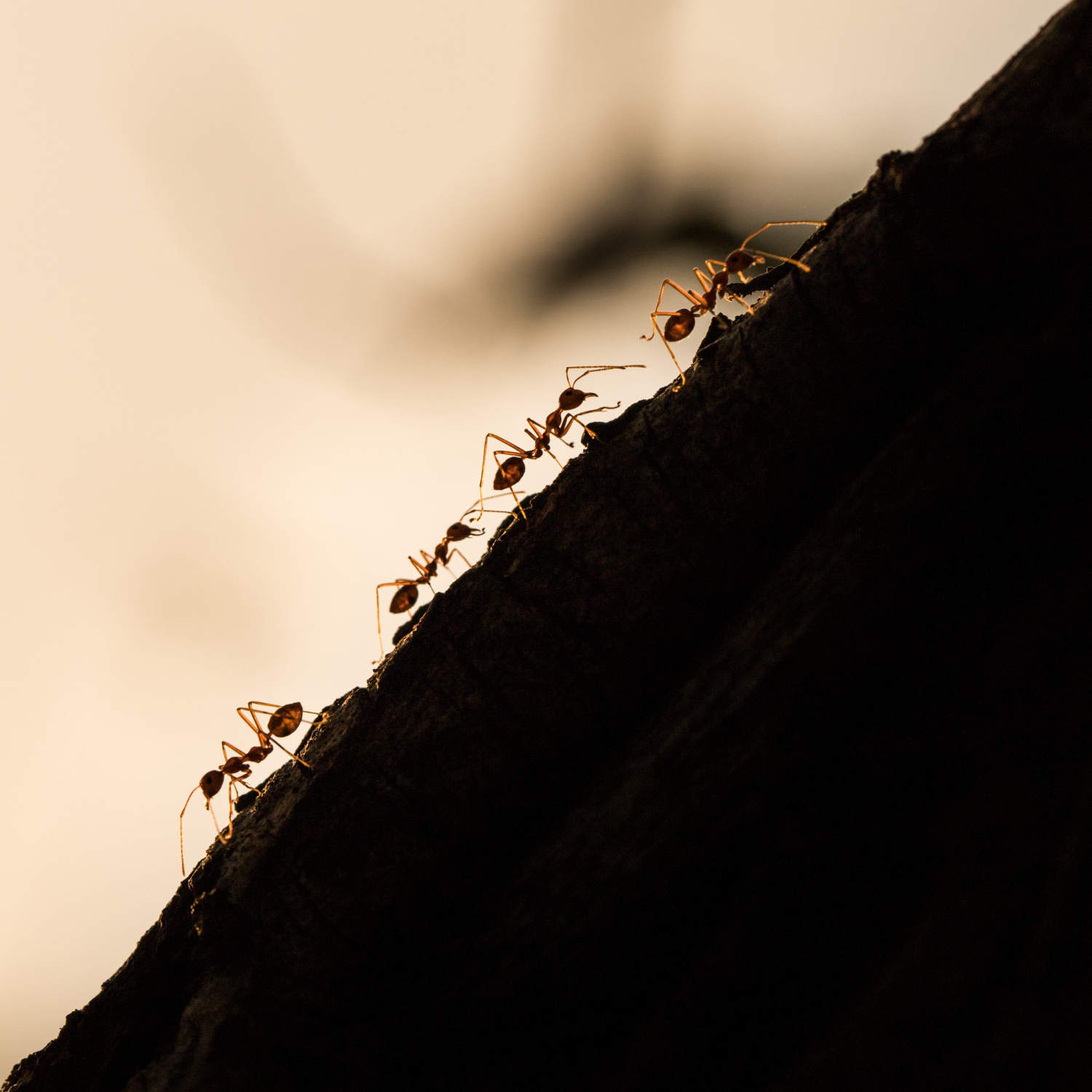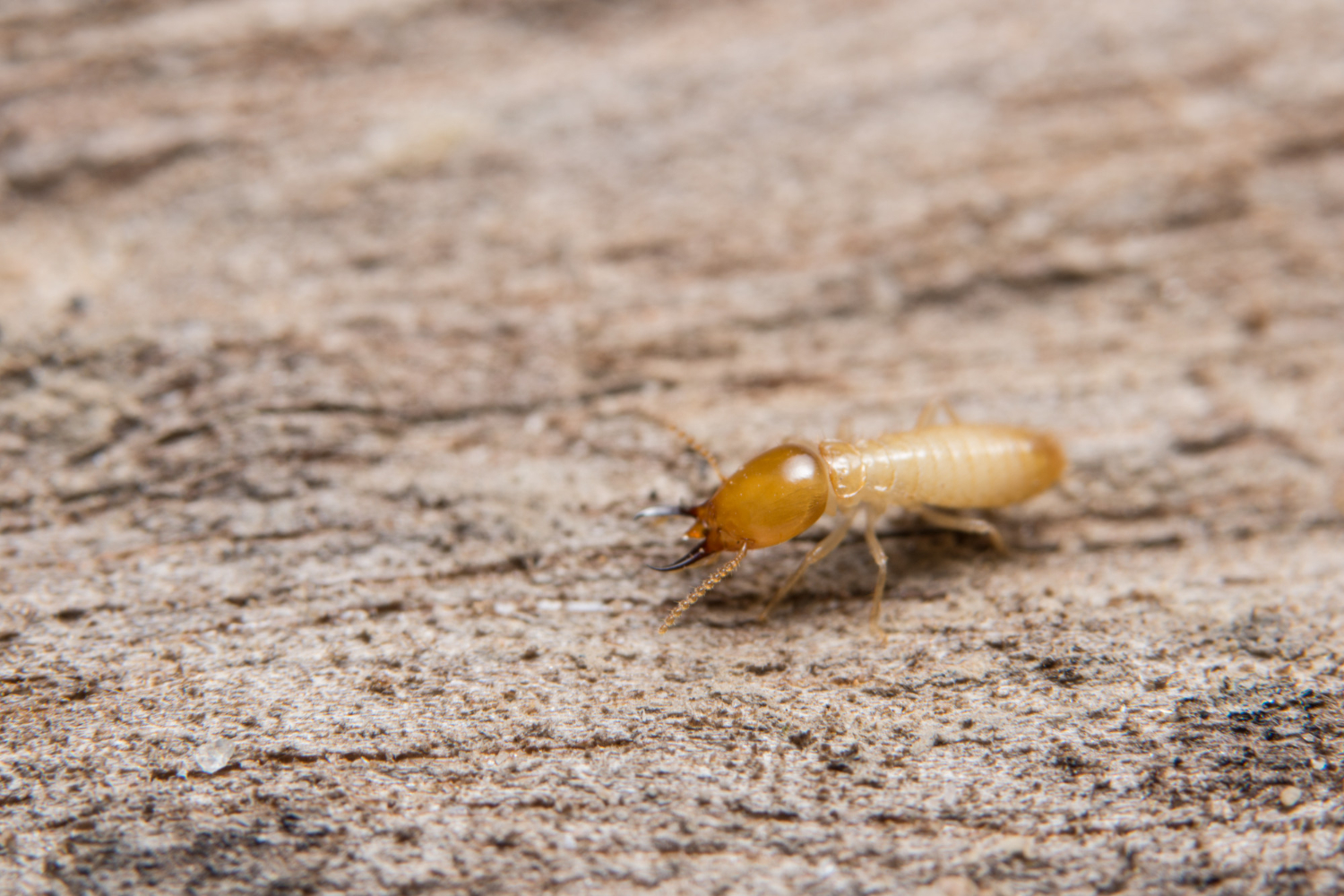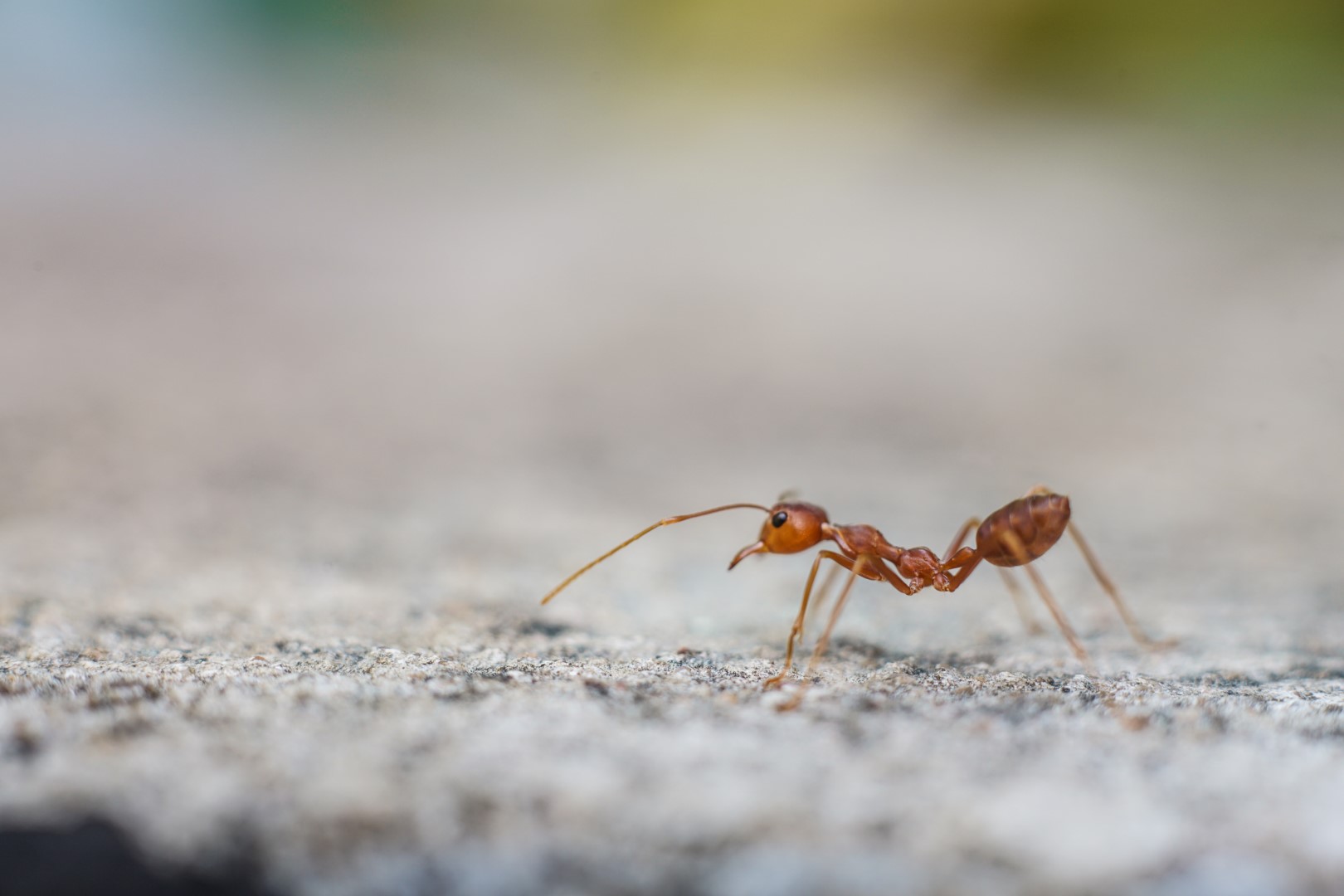Termites exploit faults in concrete slabs to gain ingress to dwellings and commercial buildings in South East Queensland on a regular basis.
What looks to be a normal tiled kitchen floor in a concrete, brick veneer house, for example, often covers faults in the concrete slab underneath the tiles. These faults provide easy access for Subterranean Termites to timber wall frames etc. which can ultimately result in serious structural damage occurring to the house. One common type of these faults is called a ‘Cold-Joint’.
So What is a Cold-Joint?
There are two types:
1. Purposely created.
2. Accidentally created.
Let’s look at these two different types of Cold-Joint.
Purposely created Cold-Joints come with the original house plans and are specified by the building designer and, sometimes, an engineer to suit the type of foundations, bedding soil, and even cyclone rating of the building to be erected.
They are a joining of two concrete slabs which are poured separately. Usually, the first slab is formed and poured and allowed to go ‘cold’ and after the formwork is removed, the second slab is formed and poured to join it. Where the two slabs join is referred to as a ‘Cold-Joint’.
Accidentally created Cold-Joints occur, for example, when a monolithic (one piece) concrete floor slab has been specified by the building designer. In this example, the concrete contractor has under-calculated the full amount of concrete required, and of course, the concrete truck runs out of concrete before the slab form is full. Another load of concrete aggregate is hastily ordered by the embarrassed concreter.
Unfortunately, the first part of the slab has gone ‘cold’ and hardened by the time the second concrete truck arrives. As the new concrete is joined to the cold slab an interruption occurs because the two slabs don’t mix into each other. This creates an unplanned ‘Cold-Joint’.
These are two examples of many variations of Cold-Joints in buildings. Often as a termite technician, I have been called to locate and determine the cause of an active termite infestation in a building that appears to be well protected against termite entry, but now has a significant damage bill to be addressed!
Termimesh, Kordon, or other ‘whole of house’ Termite Protection can be successful in providing long term protection to a building, however, if there are unseen faults in the concrete slab floor, over time termites will discover and utilize these cracks to do what they’re GOOD AT..to demolish the building.
